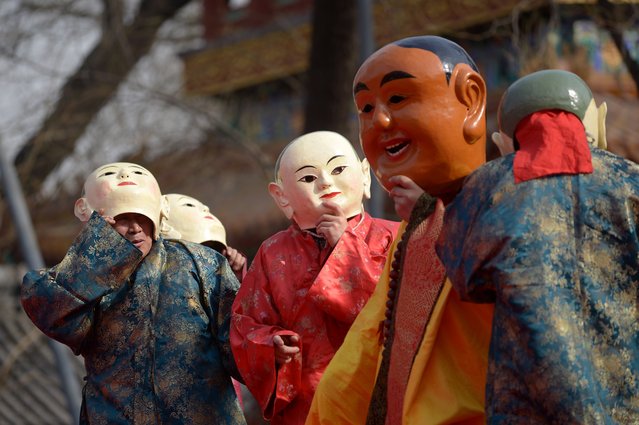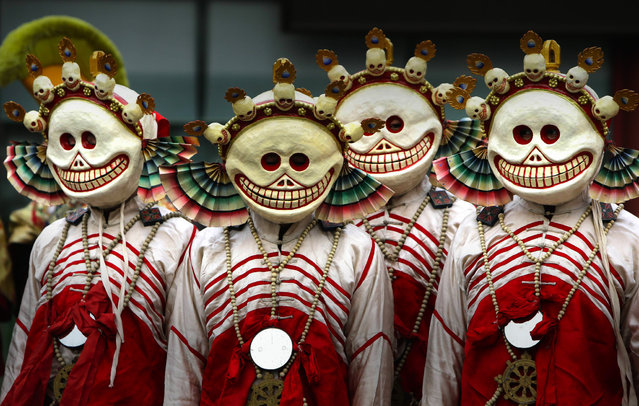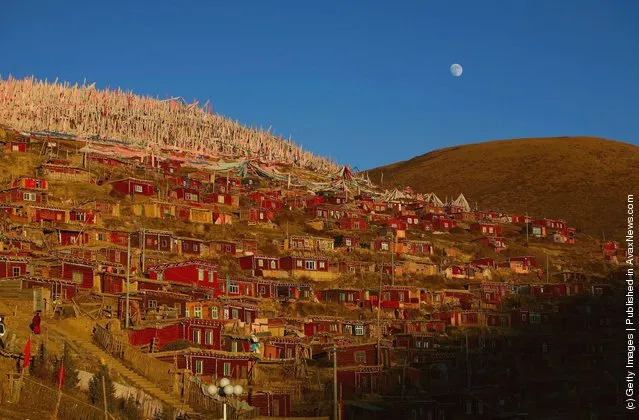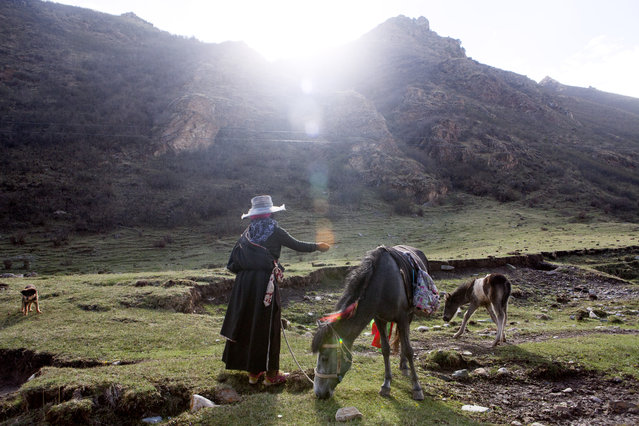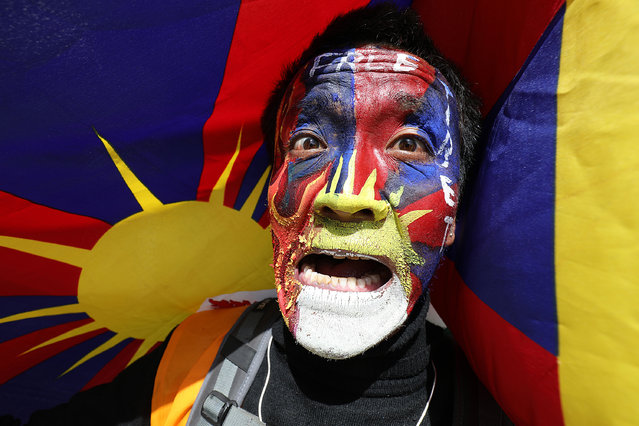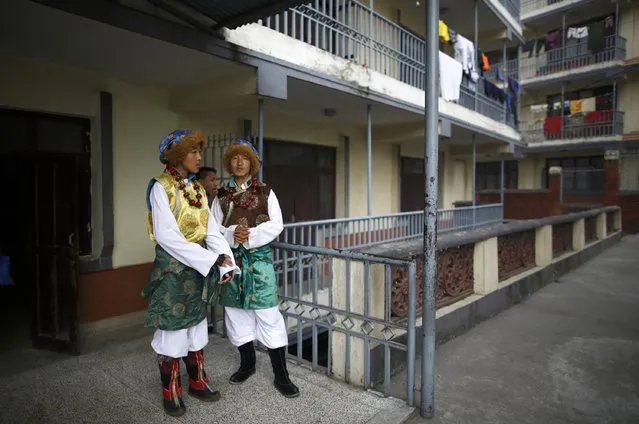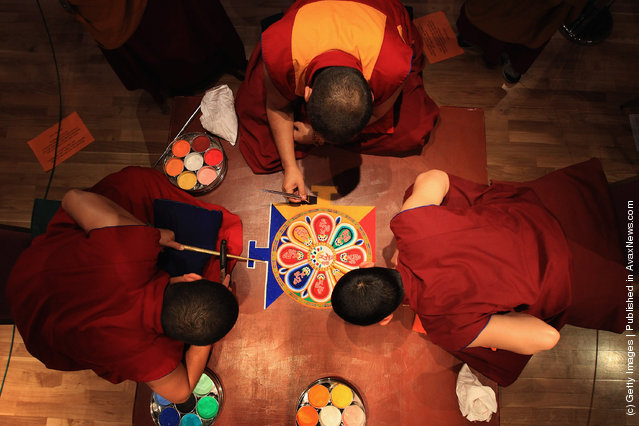
Tibetan monks create an intricate picture made from coloured sand at St. Mungo Museum of Religious Life and Art on November 23, 2011 in Glasgow, Scotland. The monks, from the Panchen Lama's Monastery, are creating a Sand Mandala as part of a Tantric Buddhist ritual, invoking the presence of the Buddha in a design representing the palace of the deities. (Photo by Jeff J Mitchell/Getty Images)
27 Nov 2011 13:54:00,post received
0 comments

